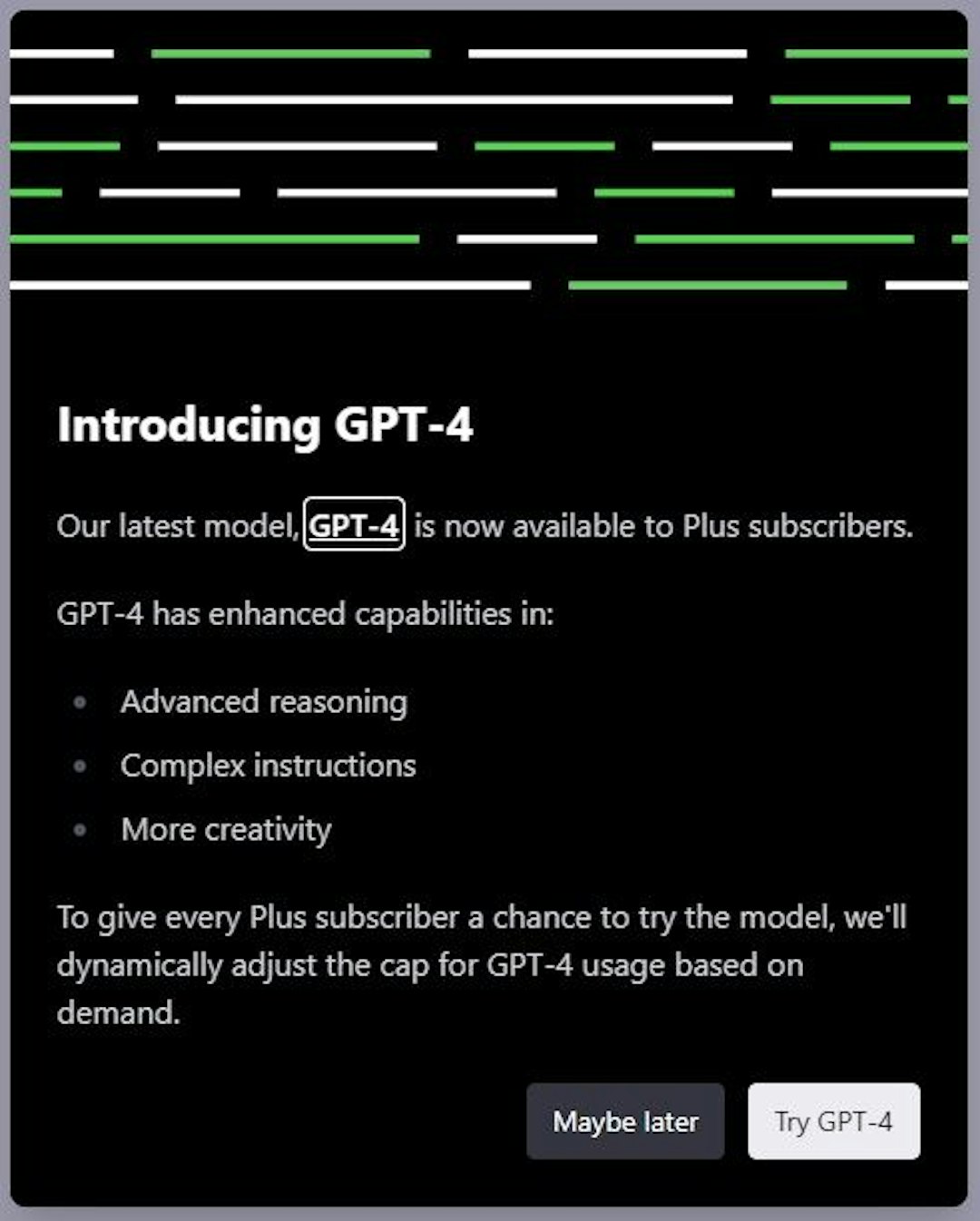2,531 reads
ChatGPT 4.0 Finally Gets a Joke
Too Long; Didn't Read
Tested how the new ChatGPT4 improved its reasoning, creativity and analytics capabilities over the previous version and found it overall better. On the self know how, since both are trained on old data, neither of them know about the features of ChatGPTEngineer moonlighting as Philosopher
Learn More
LEARN MORE ABOUT @URSUSHORIBILIS'S
EXPERTISE AND PLACE ON THE INTERNET.
EXPERTISE AND PLACE ON THE INTERNET.
STORY’S CREDIBILITY
Original Reporting
This story contains new, firsthand information uncovered by the writer.
L O A D I N G
. . . comments & more!
. . . comments & more!


